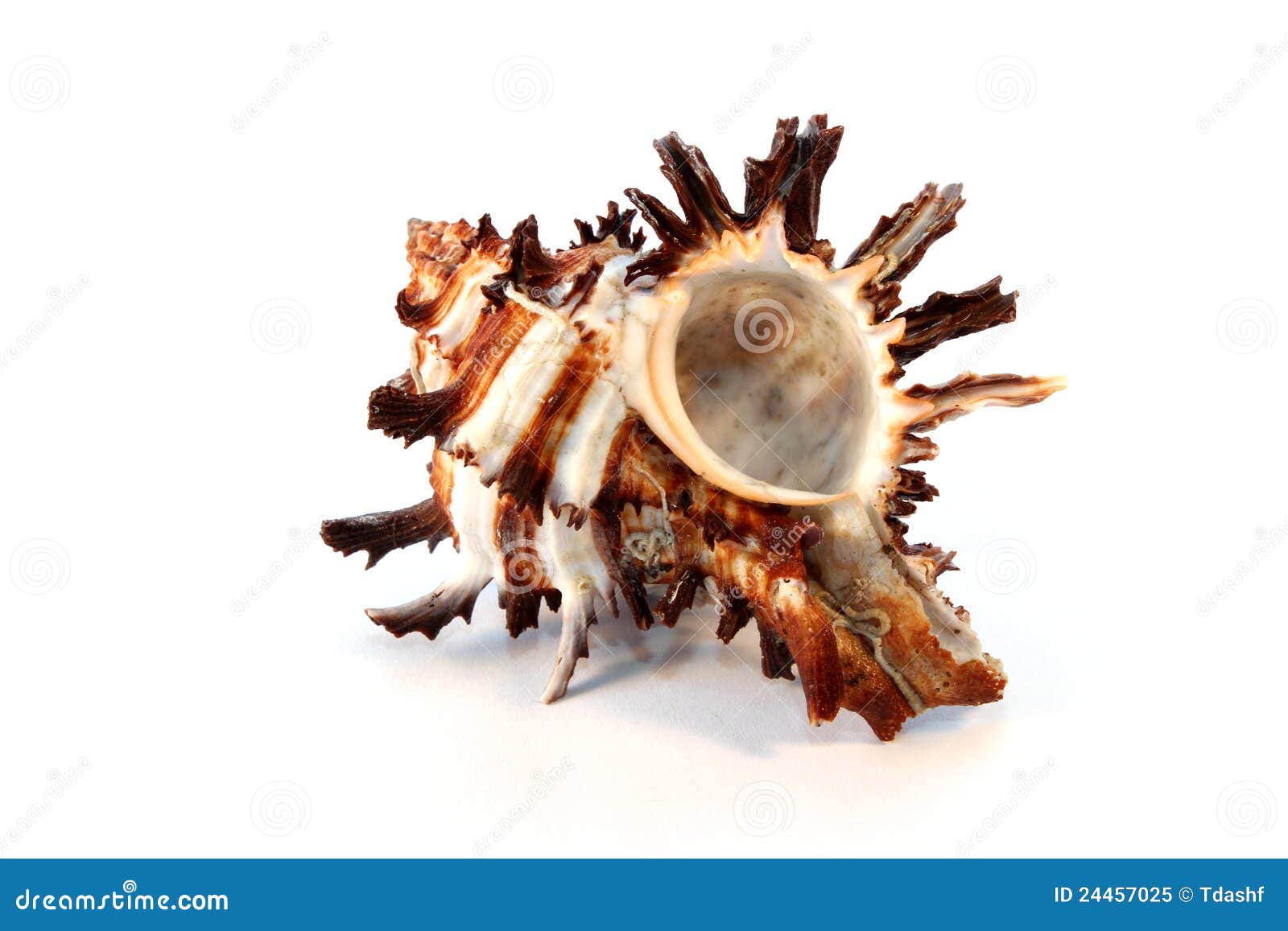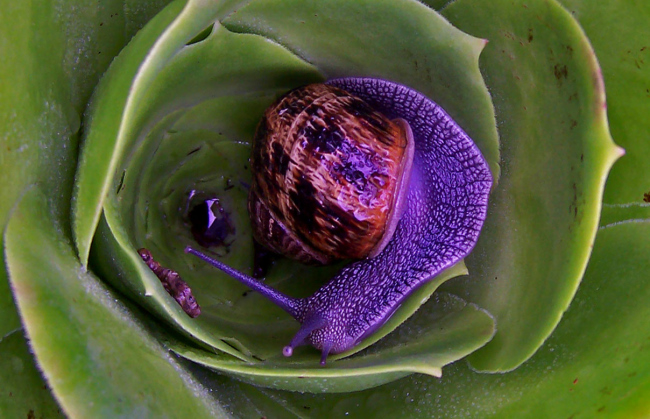
Another dye extracted from a related sea snail, Hexaplex trunculus, could produce a purple-blue color called argaman אַרְגָּמָן (translated 'purple') when processed in shade, or a sky-blue indigo color, called tekhelet תְּכֵלֶת (translated 'indigo') when processed in sunlight. In Biblical Hebrew, which like Phoenician is a dialect of Canaanite, the Tyrian purple-red dye extracted from the Murex brandaris is known as shani שָׁנִי, but usually translated as 'scarlet'. The current range for this species is the "central and western Mediterranean"

It consists of a fresh mucus secretion from the hypobranchial gland of a medium-sized predatory sea snail, the marine gastropod Murex brandaris modern name Bolinus brandaris (Linnaeus, 1758), commonly called the spiny dye-murex, a species in the family Muricidae, the murex or rock shells. The dye substance occurs naturally, but must be harvested by humans.

Tyrian purple was expensive: the fourth-century BC historian Theopompus reported, "Purple for dyes fetched its weight in silver at Colophon" in Asia Minor. Tyrian purple (Greek: πορφύρα, porphyra, Latin: purpura), also known as royal purple or imperial purple, is a purple-red dye which was first produced by the ancient Phoenicians in the city of Tyre.


 0 kommentar(er)
0 kommentar(er)
